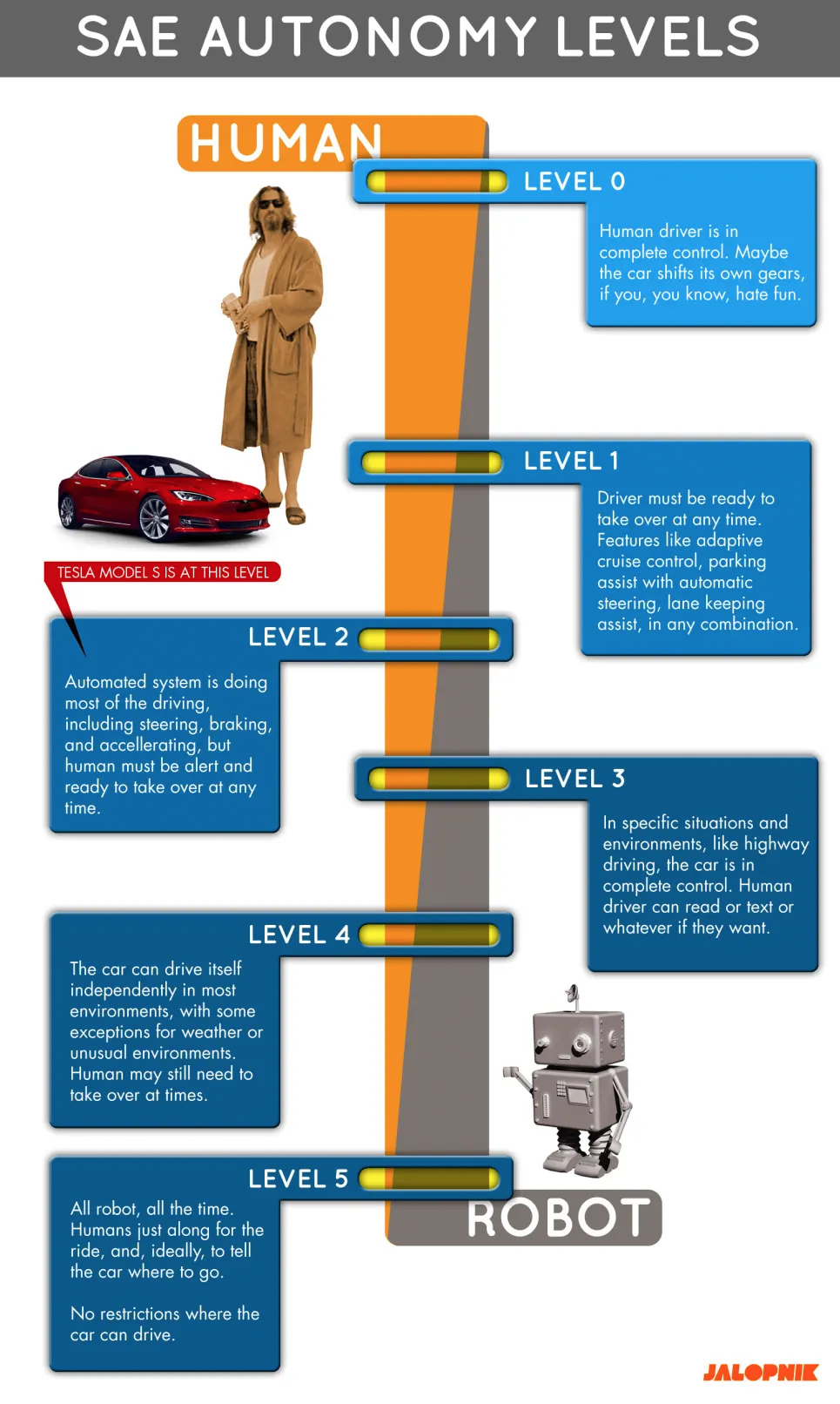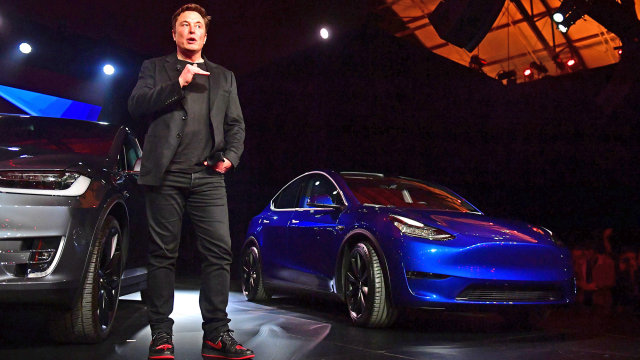How are you enjoying your autonomous car?
Have you relished every minute of highway driving spared behind the wheel of your lane-changing Toyota? Perhaps you’re glad you didn’t make the “financially insane” decision to buy something other than a Level 5, fully self-driving Tesla, like Elon Musk warned against in 2019. Or maybe you’ve saved hundreds hailing rides in Ford’s steering wheel-free robotaxis.
These scenarios all share two things in common: All were predictions made within the last six years about the state of autonomous driving today, and none of them have come to pass. Of course, they’re far from the only examples.
In 2016, Lyft president John Zimmer took to Medium to claim that “the majority” of trips carried out by the ride-sharing company would happen in fully autonomous cars “within five years.” In 2015, Baidu’s Wang Jin — who has since resigned from the company — said the startup would be selling driverless cars to Chinese consumers by 2020.
Some media outlets weren’t immune to carmakers’ bullishness, either. Business Insider boldly predicted in 2016 that 10 million self-driving cars would be on the road by 2020. It hedged its bets by saying not all of these cars would be fully autonomous — though it also forecasted that cars that “can drive from point A to point B and encounter the entire range of on-road scenarios without needing any interaction from the driver” would “debut in 2019.”
The site’s estimates are a bit more conservative these days; a 2020 story suggested the arrival of total autonomy could be “decades” away.
Now, the industry has unquestionably made progress since the mid-2010s, and none of this criticism is intended to discount that. And some companies made far more reasonable predictions, to their credit. Honda, for example, thought in 2017 that it’d have a Level 3 car on the market by 2020. That Level 3 vehicle ended up being the new Honda Sensing Elite-equipped Legend, which debuted this past March. (If you’re fuzzy on the delineation between autonomous driving levels, there’s a handy graphic below that also explains why Tesla’s “Full Self-Driving” nomenclature is disingenuous.)

Anyway, three months late isn’t terribly far off from reality, so well done Honda. Perhaps you could do us all a favour and share your crystal ball with your peers.
Unfortunately, Honda’s attitude has proven the exception, not the norm. Instead of setting reasonable targets, many carmakers, suppliers, software developers and analysts set wildly optimistic timelines that were never going to bear out. And it’s not like they shouldn’t have known any better. I usually pass on insights from consulting firms, but this report from McKinsey & Company back in 2017 was remarkably prescient, and said what all those industry players were too scared to admit at the time:
In the next five years, vehicles that adhere to SAE’s high-automation level-4 designation will probably appear. These will have automated-driving systems that can perform all aspects of dynamic mode-specificity AVs, even if human drivers don’t respond to requests for intervention. While the technology is ready for testing at a working level in limited situations, validating it might take years because the systems must be exposed to a significant number of uncommon situations. Engineers also need to achieve and guarantee reliability and safety targets. Initially, companies will design these systems to operate in specific use cases and specific geographies, which is called geofencing.
Level 4 vehicles are indeed out there today, in limited testing capacity via the likes of Waymo, Cruise and Baidu. The challenges keeping the industry from deploying these systems to the public in greater numbers have always been two-fold: ensuring reliability and getting governments on board. And that’s before you broach the vast investment required for V2X systems that connect cars with infrastructure and each other, that might also be necessary to reach Level 5.
Those stumbling blocks were firmly in place five years ago, and they’re still there now. It turns out getting a car to drive itself safely and correctly 80 per cent of the time isn’t the hardest thing in the world. But 100 per cent of the time? That’s what separates 2021 from, say, 2030.
Not to suggest fully autonomous cars will be here by 2030, of course. I wouldn’t want to wind up in the next one of these articles.
